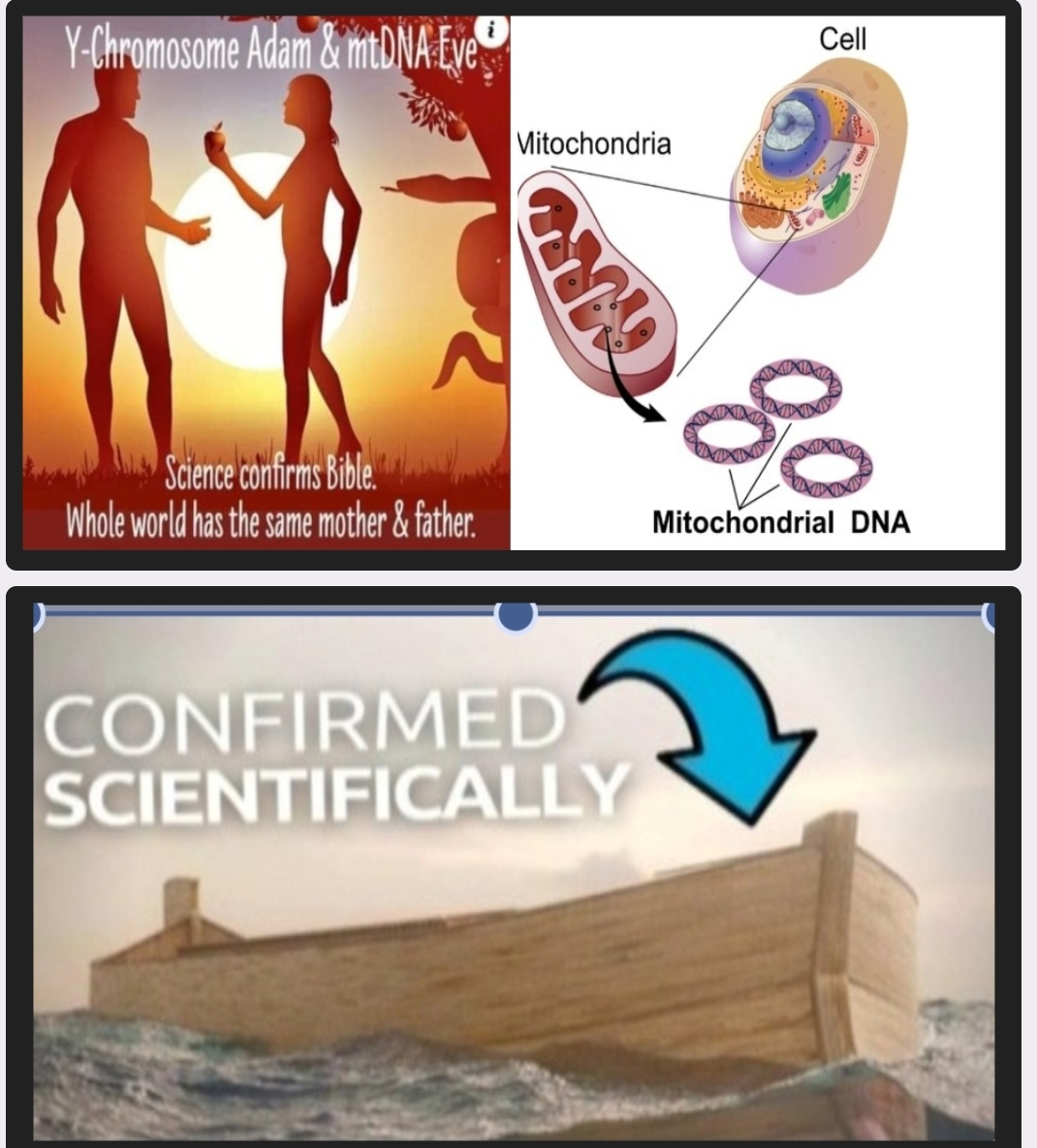Fred Hoyle and the Remarkable Improbability of Carbon-12
Fred Hoyle, a renowned British astronomer, made a groundbreaking discovery in the mid-20th century that shook the foundations of our understanding of the universe and the origin of life. His work centered on the element carbon, the fundamental building block of all known life forms. Specifically, he focused on the isotope carbon-12, the most common form of carbon found in nature.
Hoyle's research delved into the processes occurring within stars, particularly the nuclear fusion reactions responsible for the creation of heavier elements from lighter ones. He realized that the formation of carbon-12 presented a unique challenge. The prevailing theory at the time suggested that carbon-12 was formed through a two-step process. First, two helium-4 nuclei (also known as alpha particles) would fuse to create a beryllium-8 nucleus. Then, another helium-4 nucleus would fuse with the beryllium-8 to form carbon-12.
However, Hoyle recognized a significant problem with this scenario. Beryllium-8 is highly unstable and decays almost instantly. The chances of a third helium-4 nucleus colliding with the beryllium-8 nucleus within its fleeting lifespan seemed incredibly remote. This led Hoyle to believe that the standard model for carbon-12 formation was incomplete.
To resolve this conundrum, Hoyle proposed a revolutionary idea. He hypothesized the existence of a previously unknown resonance state in the carbon-12 nucleus. This resonance state would act as a sort of stepping stone, making the fusion of beryllium-8 and helium-4 much more likely. Hoyle's prediction was not merely a theoretical conjecture; he calculated the precise energy level at which this resonance state should exist.
Hoyle's hypothesis was initially met with skepticism. However, in 1954, experimental evidence confirmed the existence of the resonance state precisely where Hoyle had predicted. This discovery, now known as the Hoyle state, revolutionized our understanding of stellar nucleosynthesis.
The implications of Hoyle's work were profound. The Hoyle state made the formation of carbon-12 in stars far more efficient than previously thought. This, in turn, had significant consequences for the abundance of carbon in the universe and the subsequent emergence of life.
Hoyle himself was deeply affected by his discovery. He recognized the extraordinary fine-tuning required for the existence of carbon-based life. The Hoyle state, with its improbable energy level, seemed to be a crucial factor in the cosmic recipe for life. This realization led Hoyle to question the prevailing notion that the universe and its laws were purely the result of chance.
In his later years, Hoyle became an advocate for the anthropic principle, a philosophical concept suggesting that the universe is fine-tuned for the emergence of observers. While the anthropic principle remains a topic of ongoing debate, Hoyle's work on carbon-12 and the Hoyle state undoubtedly contributed to the discussion surrounding the universe's apparent suitability for life.
Fred Hoyle's contributions to science extend far beyond his work on carbon-12. However, his discovery of the Hoyle state and its implications for the origin of life stand as a testament to his brilliance and his willingness to challenge conventional wisdom. The story of Fred Hoyle and the improbable carbon-12 resonance is a reminder of the remarkable intricacies of the universe and the enduring mysteries that continue to captivate scientists and philosophers alike.




Comments
Post a Comment